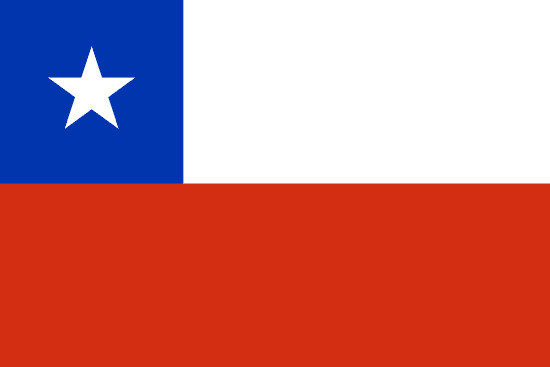"Te pito o te henua | The navel of the world"
About:
Hanga Roa is the main town, harbour and capital of the Chilean province of Easter Island. Founded in the 19th century, it became the island's administrative center after annexation by Chile in 1888. The town grew significantly after a military base was established in 1953. Today, Hanga Roa is the island's cultural, economic, and population center, with key landmarks like the Rapa Nui National Park and the Church of the Holy Cross. It's also the hub for tourism, the island's main industry.
When to visit:
Hanga Roa, located on Easter Island, is a destination with a pleasant climate year-round. However, the ideal time to visit this remote island paradise is during the shoulder seasons of spring (October to December) and autumn (March to May). During these months, the weather is mild, the tourist crowds are smaller, and you can fully immerse yourself in the island's unique culture and history without feeling overwhelmed. Be sure to plan your visit well in advance to secure accommodations and activities, as the island can get busy during peak holiday seasons.
When to avoid:
Hanga Roa, located on Easter Island, experiences its worst travel conditions during the peak holiday season in December and January. During this time, the island is crowded with tourists, leading to higher prices, limited accommodation availability, and congested attractions. The hot and humid weather can also make outdoor activities less enjoyable. Travelers looking to avoid the crowds and secure better deals may consider visiting Hanga Roa during the shoulder seasons of spring (September to November) or autumn (March to May).
Rainy Season (Apr–Oct)
Hanga Roa, the main town of Easter Island, experiences its coldest and wettest season from April to October. The average temperature ranges from 15°C to 20°C. Rainfall peaks in April, averaging around 114mm, making the surroundings lush and vibrant. Sunlight is moderate, with days often partly cloudy, and the island often experiences high winds during this period. For a visitor, an average day might involve bracing the cool, overcast weather, exploring the island's mysterious Moai statues with fewer tourists around, or enjoying indoor activities like visiting the Anthropological Museum.
"Summer (December–March)"
Hanga Roa, the main town of Easter Island, experiences its warmest part of the year from December to March, with the peak in February. During this time, the average daily high temperature is around 28 degrees Celsius (82 degrees Fahrenheit) and the temperature rarely drops below 20 degrees Celsius (68 degrees Fahrenheit) at night.
Rainfall is relatively moderate during these months, with February being the wettest month, averaging around 80mm of rainfall. However, the rain typically comes in short, heavy bursts followed by sunshine, so it doesn't tend to disrupt outdoor activities for long.
Sunlight is abundant during the warmest part of the year, with an average of 7 to 8 hours of bright sunshine each day. This is the perfect time for visitors to explore the island's famous Moai statues and enjoy the beautiful beaches.
Humidity is relatively high, typically around 80%, but the constant ocean breeze helps to keep the air feeling fresh and comfortable.
Cloudiness varies, but generally, the skies are partly cloudy, which provides a nice balance of sun and shade. Overcast or mostly cloudy conditions are less common.
A typical day for a visitor during this time would involve warm, balmy weather with plenty of sunshine for exploring and beach activities. There may be a brief, heavy downpour, but it's usually followed by more sunshine. Evenings are comfortably warm, perfect for enjoying the local cuisine and culture.
Language:
In Hanga Roa, the main languages spoken are Spanish and Rapa Nui. Spanish is the official language of Easter Island, which Hanga Roa is part of, due to its status as a special territory of Chile. Rapa Nui, on the other hand, is the native Polynesian language of the Rapa Nui people, the indigenous inhabitants of the island. Despite being less common, efforts are being made to revitalize the Rapa Nui language.




